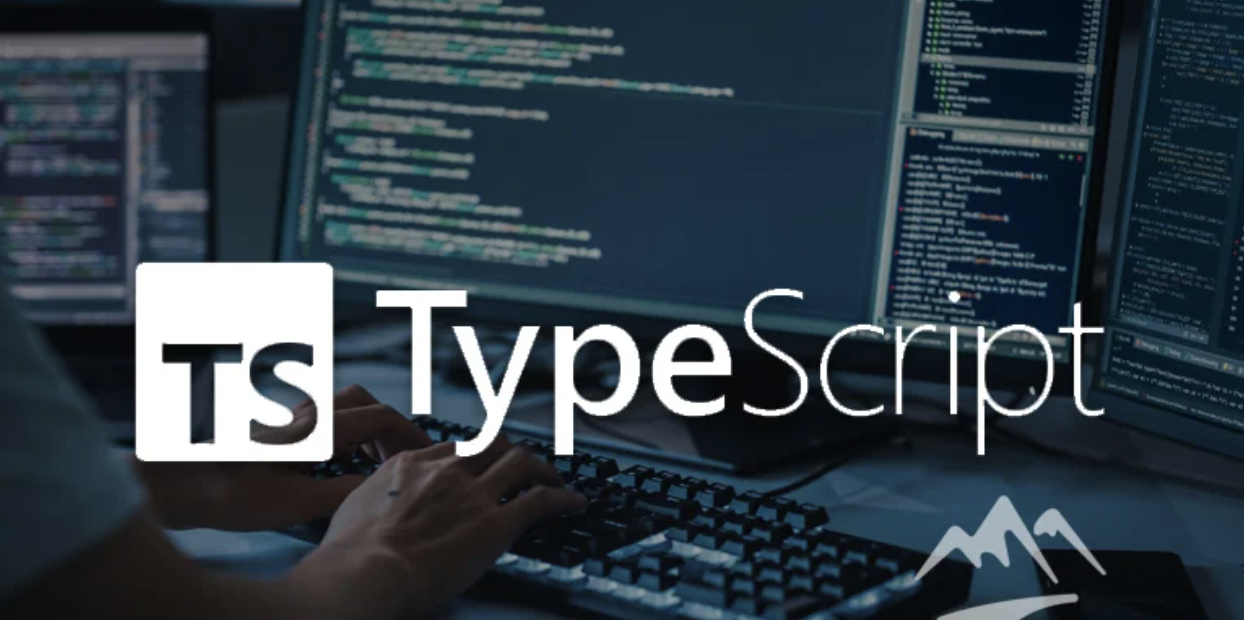TypeScript has gained immense popularity among developers for its strong typing and enhanced tooling for JavaScript development. When it comes to front-end development, TypeScript frameworks offer a great balance of productivity, maintainability, and scalability. In this blog post, we will explore the top 5 TypeScript frameworks that empower front-end developers to build robust and modern web applications. We will delve into each framework’s key features, provide code samples, and showcase real-world examples to highlight their strengths and use cases.
1. Angular
Angular, developed by Google, is one of the most comprehensive TypeScript frameworks available. It offers a complete solution for building large-scale, enterprise-level applications. Angular’s core features include a powerful templating engine, dependency injection, component-based architecture, and a rich set of tools and libraries.
With Angular, developers can write clean and modular code using TypeScript’s static typing. The framework’s component-driven development approach enables code reusability and easier unit testing. Angular’s extensive ecosystem provides solutions for routing, state management, form validation, and more.
Example Code:
typescriptCopy codeimport { Component } from '@angular/core';
@Component({
selector: 'app-example',
template: '<h1>Hello, Angular!</h1>'
})
export class ExampleComponent {}
Real-world Example: Google’s Material Design components library is built with Angular, showcasing its capability to create visually appealing and consistent user interfaces.
React with TypeScript
React, a widely adopted JavaScript library, offers excellent support for TypeScript through its official TypeScript declaration files. By combining React with TypeScript, developers can enjoy the benefits of static typing, enhanced IDE support, and improved code maintainability.
React’s component-based architecture, virtual DOM, and unidirectional data flow make it a popular choice for building reusable UI components. TypeScript’s type checking helps catch errors early in the development process and enables easier refactoring. Additionally, React’s vast ecosystem provides numerous libraries and tools for state management (e.g., Redux, MobX) and routing (e.g., React Router).
Example Code:
typescriptCopy codeimport React from 'react';
interface Props {
name: string;
}
const Greeting: React.FC<Props> = ({ name }) => (
<h1>Hello, {name}!</h1>
);
export default Greeting;
Real-world Example: Microsoft’s Office UI Fabric React is a widely used library that combines React and TypeScript to build Office-themed components.
3. Vue with TypeScript
Vue, a progressive JavaScript framework, also provides excellent support for TypeScript. Vue’s simplicity, flexibility, and gentle learning curve make it an attractive choice for both small and large-scale projects. TypeScript enhances Vue development with static typing, improved tooling, and enhanced code maintainability.
Vue’s reactivity system, component composition, and declarative template syntax enable developers to build highly interactive and scalable applications. The ecosystem offers various solutions for state management (e.g., Vuex), routing (e.g., Vue Router), and component libraries (e.g., Vuetify).
Example Code:
typescriptCopy codeimport { Vue, Component } from 'vue-property-decorator';
@Component
export default class Greeting extends Vue {
name: string = 'World';
}
Real-world Example: Element UI, a popular UI library, integrates seamlessly with Vue and TypeScript to create beautiful and responsive user interfaces.
4. Svelte with TypeScript
Svelte, a compiler-based JavaScript framework, provides a unique approach to front-end development. It compiles the code during the build process, resulting in highly optimized and performant applications. TypeScript support in Svelte unlocks the full potential of static typing, enabling early error detection and improved code quality.
Svelte’s component-based architecture and reactive approach allow developers to write concise and efficient code. With its built-in state management and simplified syntax, Svelte offers a streamlined development experience. TypeScript integration enhances the developer experience by providing type checking and intelligent code suggestions.
Example Code:
typescriptCopy code<script lang="ts">
import { onMount } from 'svelte';
let count = 0;
onMount(() => {
setInterval(() => {
count++;
}, 1000);
});
</script>
<main>
<h1>The count is: {count}</h1>
</main>
Real-world Example: Typewriter, a powerful Svelte-based UI library, leverages TypeScript to deliver a smooth and type-safe development experience.
5. NestJS
NestJS is a full-featured back-end framework that leverages TypeScript’s capabilities to build scalable and maintainable server-side applications. Although primarily a backend framework, NestJS can be used in conjunction with front-end frameworks to create end-to-end TypeScript applications.
NestJS follows a modular architecture, utilizing decorators and TypeScript’s features like classes, interfaces, and decorators. It provides built-in support for features such as dependency injection, middleware, routing, and validation. With NestJS, developers can seamlessly share code and models between the front-end and back-end layers.
Example Code:
typescriptCopy codeimport { Controller, Get } from '@nestjs/common';
@Controller('example')
export class ExampleController {
@Get()
getHello(): string {
return 'Hello, NestJS!';
}
}
Real-world Example: Strapi, a popular headless CMS, utilizes NestJS and TypeScript to deliver a robust and customizable backend system.
Conclusion
Choosing the right TypeScript framework is crucial for front-end development. Angular, React with TypeScript, Vue with TypeScript, Svelte with TypeScript, and NestJS offer powerful solutions that cater to different project requirements. By leveraging TypeScript’s static typing and advanced tooling, developers can enhance code quality, productivity, and maintainability. With code samples and real-world examples, we’ve highlighted the strengths of these frameworks, enabling you to make an informed decision based on your project’s needs. Explore these top TypeScript frameworks and elevate your front-end development experience

